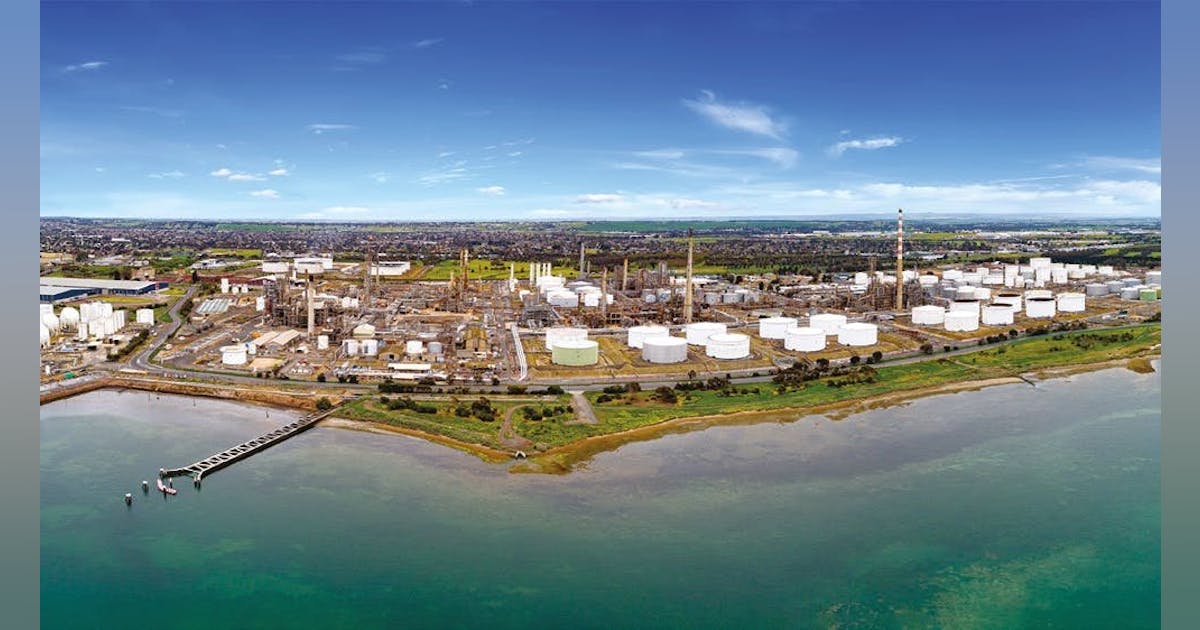
U.S. commercial crude oil inventories, excluding those in the Strategic Petroleum Reserve (SPR), increased by 0.5 million barrels from the week ending April 4 to the week ending April 11, the U.S. Energy Information Administration (EIA) highlighted in its latest weekly petroleum status report.
This EIA report, which was released on April 16 and included data for the week ending April 11, showed that crude oil stocks, not including the SPR, stood at 442.9 million barrels on April 11, 442.3 million barrels on April 4, and 460.0 million barrels on April 12, 2024. The EIA report highlighted that data may not add up to totals due to independent rounding.
Crude oil in the SPR stood at 397.0 million barrels on April 11, 396.7 million barrels on April 4, and 364.9 million barrels on April 12, 2024, the report revealed. Total petroleum stocks – including crude oil, total motor gasoline, fuel ethanol, kerosene type jet fuel, distillate fuel oil, residual fuel oil, propane/propylene, and other oils – stood at 1.605 billion barrels on April 11, the report highlighted. Total petroleum stocks were down 1.8 million barrels week on week and up 3.2 million barrels year on year, the report outlined.
“At 442.9 million barrels, U.S. crude oil inventories are about six percent below the five year average for this time of year,” the EIA noted in its report.
“Total motor gasoline inventories decreased by 2.0 million barrels from last week and are about one percent below the five year average for this time of year. Finished gasoline inventories increased and blending components inventories decreased last week,” it added.
“Distillate fuel inventories decreased by 1.9 million barrels last week and are about 11 percent below the five year average for this time of year. Propane/propylene inventories decreased by 1.3 million barrels from last week and are nine percent below the five year average for this time of year,” it continued.
In the report, the EIA said U.S. crude oil refinery inputs averaged 15.6 million barrels per day during the week ending April 11. It highlighted that this was 64,000 barrels per day less than the previous week’s average.
“Refineries operated at 86.3 percent of their operable capacity last week,” the EIA stated in the report.
“Gasoline production increased last week, averaging 9.4 million barrels per day. Distillate fuel production increased last week, averaging 4.7 million barrels per day,” it added.
U.S. crude oil imports averaged 6.0 million barrels per day last week, according to the report, which pointed out that this was a decrease of 189,000 barrels per day from the previous week.
“Over the past four weeks, crude oil imports averaged about 6.2 million barrels per day, 5.2 percent less than the same four-week period last year,” the EIA noted in the report.
“Total motor gasoline imports (including both finished gasoline and gasoline blending components) last week averaged 531,000 barrels per day, and distillate fuel imports averaged 102,000 barrels per day,” it added.
Total products supplied over the last four-week period averaged 19.5 million barrels a day, down by 1.7 percent from the same period last year, the EIA stated in its report.
“Over the past four weeks, motor gasoline product supplied averaged 8.5 million barrels a day, down by 3.4 percent from the same period last year,” the EIA added.
“Distillate fuel product supplied averaged 3.8 million barrels a day over the past four weeks, up by 7.1 percent from the same period last year. Jet fuel product supplied was up 9.1 percent compared with the same four-week period last year,” it continued.
In an oil and gas report sent to Rigzone late Monday by the Macquarie team, Macquarie strategists revealed that they were forecasting that U.S. crude inventories would be up by 7.4 million barrels for the week ending April 11.
“This compares to our early look which anticipated a 3.4 million barrel build,” the Macquarie strategists said in the report.
“Despite the expectation for a significantly larger crude build, from a net petroleum perspective, our view is only modestly looser, as we also anticipate tighter product balances than our initial view indicated,” they added.
In its latest weekly petroleum status report, the EIA also highlighted that the price for West Texas Intermediate (WTI) crude oil was $61.91 per barrel on April 11, “$0.51 less than a week ago, and $24.55 less than a year ago”.
It went on to state that the national average retail price for regular gasoline decreased to $3.168 per gallon on April 14, “$0.075 below last week’s price, and $0.460 less than the year-ago price”.
“The national average retail diesel fuel price decreased $0.060 to $3.579 per gallon, $0.436 lower than the price one year ago,” the EIA continued.
According to the AAA Fuel Prices website, the average price of regular gasoline is $3.167 per gallon and the average price of diesel is $3.582 per gallon, in the U.S., as of April 17.
To contact the author, email [email protected]






















